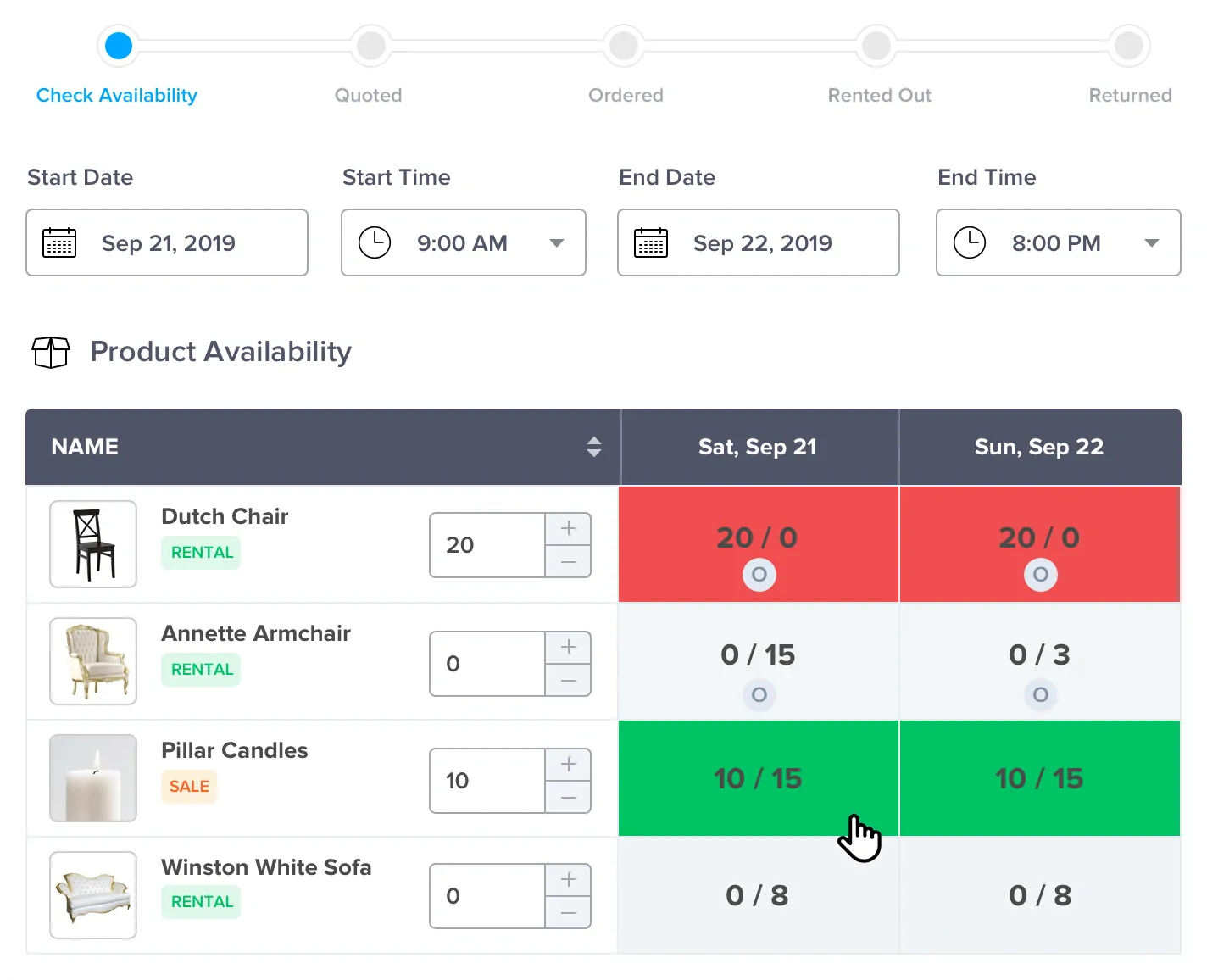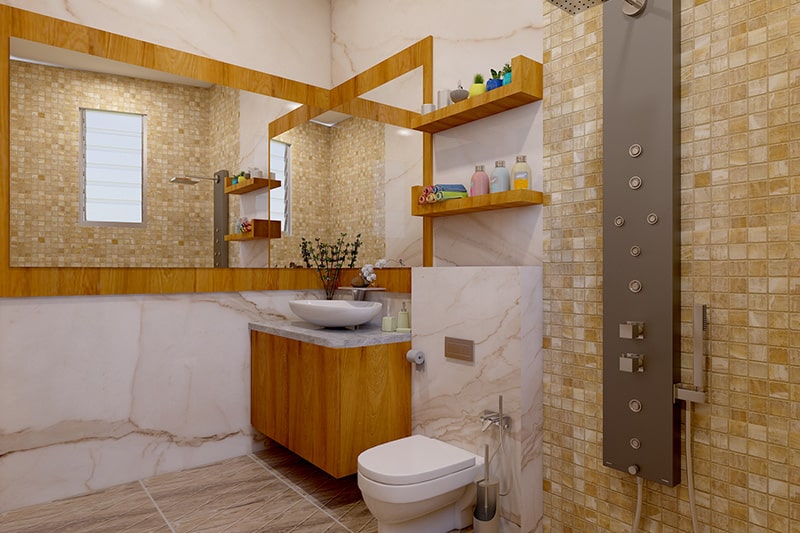
Building your dream home is an exciting and rewarding experience. One of the best ways to ensure that your new home meets all of your needs and desires is by working with custom home builders. These professionals specialize in creating personalized homes that reflect the unique tastes and lifestyles of their clients. By collaborating with a custom home builder, you can bring your vision to life and create a home that is truly one-of-a-kind.
The Benefits of Working with Custom Home Builders
Personalization
- Custom home builders work closely with each client to understand their specific needs, preferences, and budget.
- They offer personalized design solutions that cater to your unique lifestyle and taste.
- You have the freedom to choose everything from the layout and size of the rooms to the materials and finishes used throughout the home.
Quality Craftsmanship
- Custom home builders are dedicated to delivering high-quality craftsmanship in every aspect of the home-building process.
- They work with skilled and experienced tradespeople who pay close attention to detail and take pride in their work.
- Your custom home will be built to the highest standards of quality and durability, ensuring that it will stand the test of time.
Flexibility
- Custom home builders offer a high degree of flexibility throughout the design and construction process.
- You can make changes to the plans or specifications as needed to ensure that the final product meets your expectations.
- They can also accommodate unique features or special requests that may not be possible with a production home builder.
The Custom Home Building Process
The custom home building process typically involves the following steps:
Initial Consultation
- Meet with the custom home builder to discuss your vision, budget, and timeline.
- Explore potential design ideas and determine the scope of the project.
Design Phase
- Work with an architect or designer to create a custom floor plan and elevation drawings.
- Select materials, finishes, and fixtures for your new home.
Pre-Construction
- Obtain permits and approvals from local authorities.
- Finalize the construction schedule and budget.
Construction
- Breaking ground and laying the foundation for your new home.
- Building the structure, installing systems, and finishing interior and exterior details.
Completion and Delivery
- Final walk-through to ensure that everything meets your expectations.
- Receive the keys to your new custom-built home.
Choosing the Right Custom Home Builder
When selecting a custom home builder to bring your vision to life, consider the following factors:
Experience and Reputation
- Look for a builder with a proven track record of delivering high-quality custom homes.
- Read reviews and testimonials from past clients to gauge their reputation.
Communication and Collaboration
- Choose a builder who listens to your ideas and communicates effectively throughout the project.
- Ensure that they are willing to collaborate with you to achieve your vision.
Transparency and Trust
- Find a builder who is transparent about costs, timelines, and any potential challenges.
- Trust is essential in a successful partnership with a custom home builder.
By working with a reputable and experienced custom home builder, you can turn your dream home into a reality. With their expertise and your vision, you can create a truly unique and personalized living space that you will enjoy for years to come.







